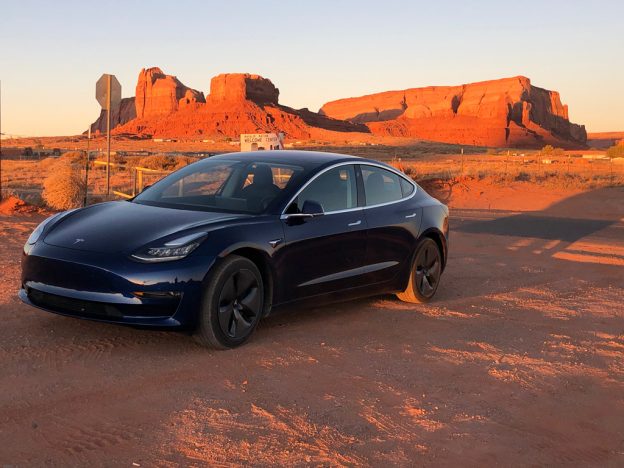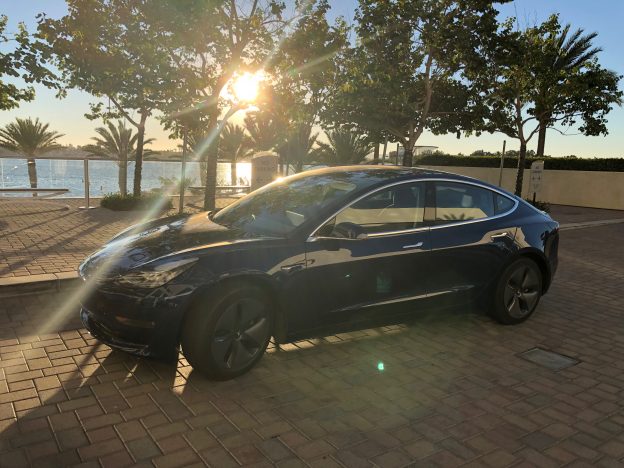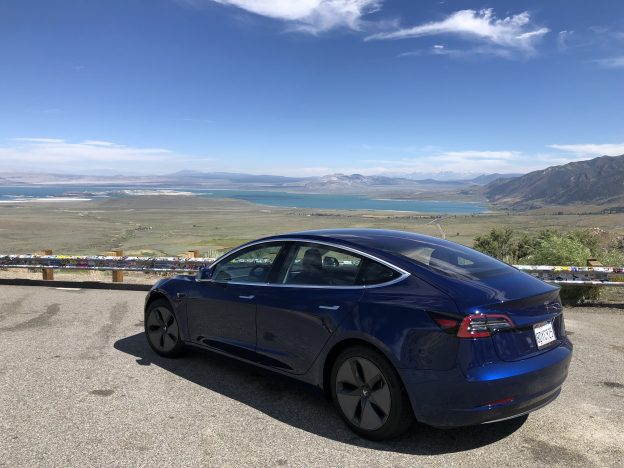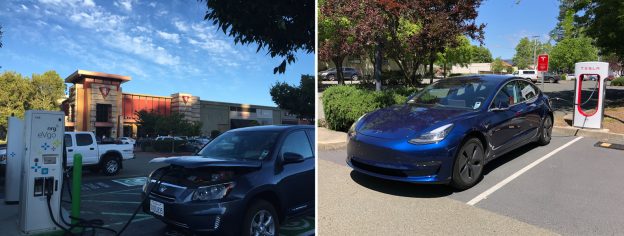December 2020. California and the American Southwest.
The driving range of electric cars on the market today can easily meet the daily driving needs for the average person. In my case I charge my Model 3 for about 2 hours every night in the garage for daily driving. But what about charging an electric car on longer drives and road trips?
Continue reading




